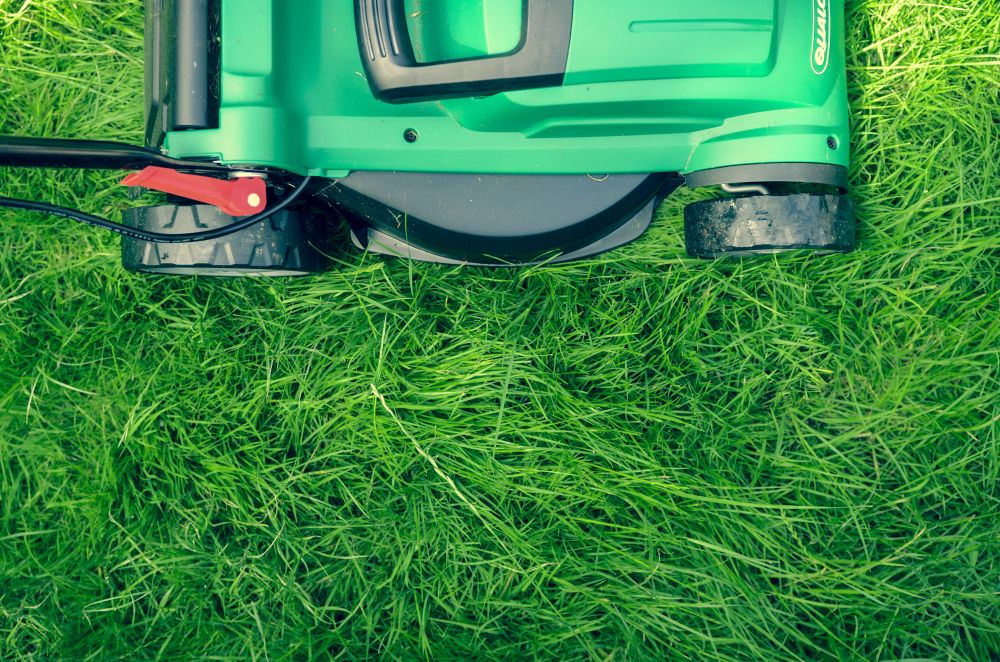This week, I picked the brain of our assistant manager, Brian MacDonald, who can not only talk about grass for like an hour, but always has the most beautiful lawn at home! He was a HUGE help this week!
Q: “What kind of seed do I need?”

The type of seed you need depends on the area you have. You first want to see how many hours of sun light the area gets and if it’s direct light. Is It a high traffic area? Does it get much water or do you water? There are blends for shady spots or for sunny spots. There are blends for patchy and sparse areas or for thickening a healthy lawn. There are even blends that would work best In high traffic areas or low maintenance blends for areas that don’t get a lot of water.
Q: “What fertilizer works best?”
We have a wide variety or lawn fertilizers in our store which would all help your lawn. We have liquid fertilizer , slow release organic fertilizer, and a variety of fertilizers that slow release over 3-6 weeks like Scotts Turf Builder Pro. For the best results you would want to use a slow release fertilizer so you are feeding your lawn a bit every day.
Q: “How do I thicken my lawn?”
To thicken your lawn you would want to over seed with the seed that best suits your conditions. Then top dress with a quality topsoil and compost mix. Top Dressing is putting about a half inch of soil across your lawn and raking it so its level and your existing grass sticks through.
Q: “How do I fix dog spots?”
For dog spots, you need to neutralize the acidity with dolomitic lime and then seed with a good all purpose seed then top dress. It is best practice to treat around the affected spot as well.
Q: “Should I mulch or bag my grass?”
Bagging is best because Calgary conditions usually don’t allow for fast breakdown of clippings in our lawn. This can create problems for your lawn. I would say the only real exception to that is in sparse areas you need a little moisture retention for seed germination.
Q: “How often should I aerate?”
Aerating is important when the soil is so packed it doesn’t hold moisture anymore. I wouldn’t recommend aerating more than every other year. If you over seed and top dress every year you will not have to aerate anymore after a while. This is because you are amending your soil to be of better quality. Also adding Gypsum can break down the clay in your soil to help even more with loosening the soil.
Q: “How much should I water?”
You should be watering your lawn more often with less water. Watering is best done at dusk or dawn. On an average Calgary spring/summer week with no rain, you want to water your lawn once with about 2 inches of water. I like to flip a frisbee upside down on my lawn until it fills with water to see when I’ve watered about 2 inches. If it’s a hotter week, or you have an area that gets a lot of sun/dries out fast, then make that twice a week. Watering for a longer period is usually wasting water because once the soil is saturated it can’t hold more. Watering more often is the same as a slow release fertilizer in that you feed it more often to keep it healthy.
If you have any questions about your lawn, Brian is the guy to see 🙂
Next Week: Trees 101: Choosing the right tree for your yard
Happy gardening!
Brandi

